Top Things to Know Before Buying Potted House Plants
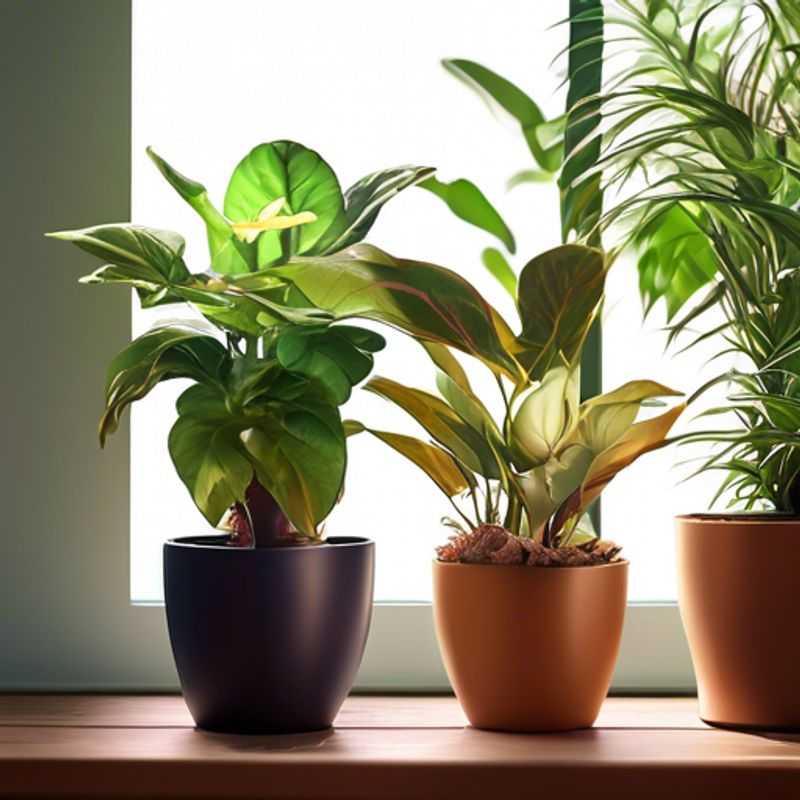
Top Things to Know Before Buying Potted House Plants: Research, Size, Health, Care Needs, Drainage, Repotting, and Common Pests
Bringing a little greenery indoors can transform your space, but choosing the right potted houseplants can be a rewarding experience. Here are some key things to consider before you bring a new friend home:
Research the specific plant's care requirements before purchase.
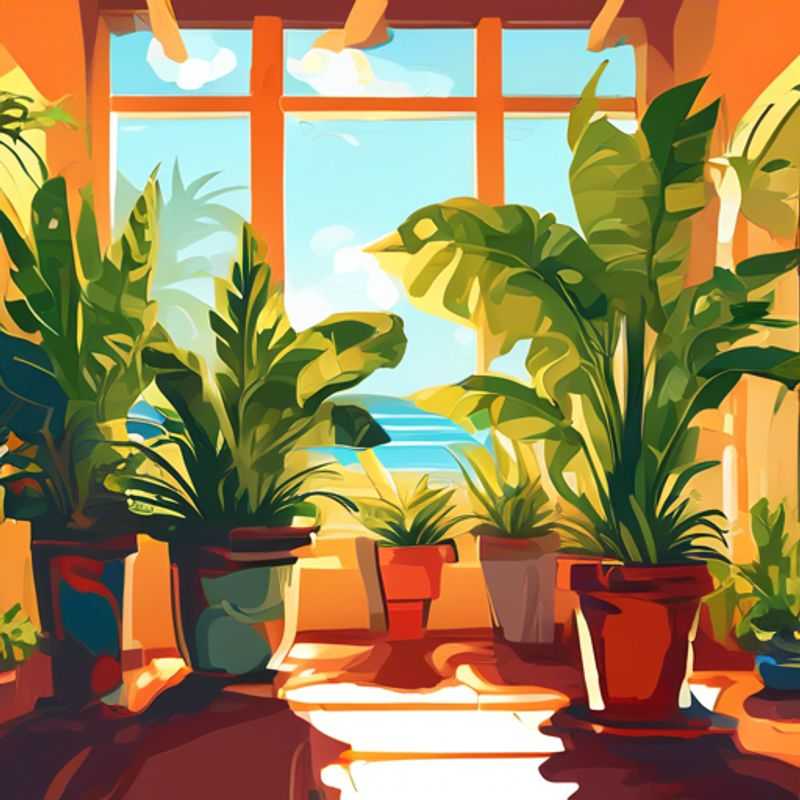
Know Before You Grow: Researching Plant Care Before Purchase
Before you bring a new plant home, research its care requirements. This simple step will save you time and frustration in the long run, and ensure your plant thrives.
Think about your lifestyle and living conditions. Consider the amount of light your home receives, how often you're willing to water, and if you have pets or children who might interact with the plant.
Light is crucial! Some plants need lots of bright light, while others prefer shade. Knowing what your plant needs will help you choose the perfect spot for it in your home.
Watering is another essential factor. Some plants need regular watering, while others prefer to dry out between waterings. Understanding your plant's water needs will prevent overwatering or underwatering, both of which can harm your plant.
Soil plays a role too. Certain plants thrive in well-draining soil, while others prefer rich, moist soil. Choosing the right soil will give your plant the best chance to grow healthy and strong.
Don't forget about temperature and humidity. Some plants are sensitive to cold or drafts, while others need a humid environment. Check your plant's care requirements to make sure your home's climate is suitable.
By researching your plant's needs before you buy it, you'll be setting yourself up for success. You'll have a happy, healthy plant that brings joy to your home for years to come.
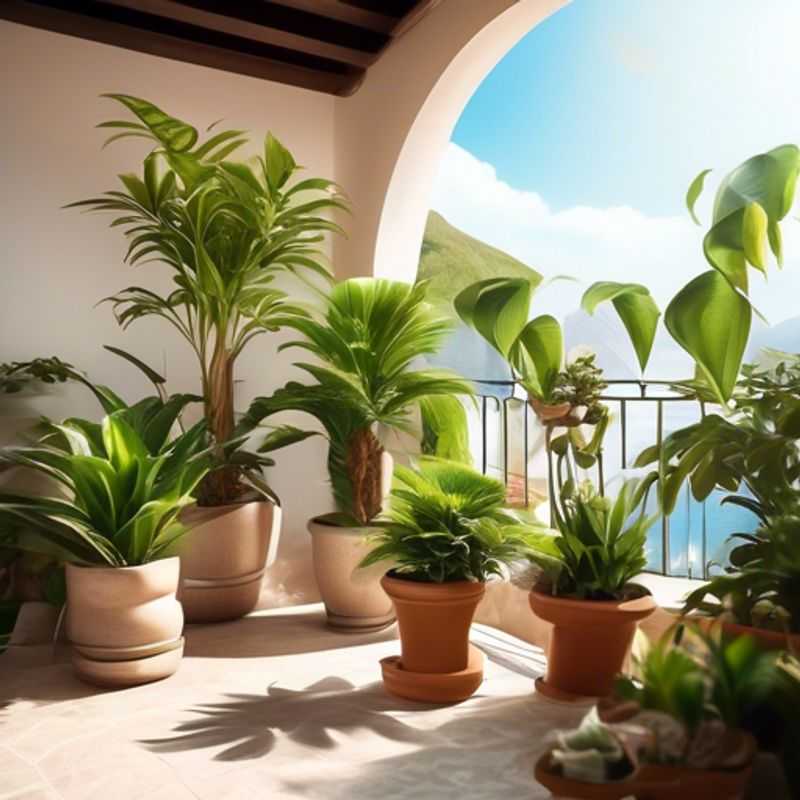
Right Plant, Right Place: Choosing Plants That Fit Your Space
When choosing plants, it's essential to consider their size and growth habits to ensure they fit your space. Understanding a plant's mature size and growth rate is crucial for preventing overcrowding and ensuring its long-term health and happiness.
Space constraints should be considered when choosing a plant. If you have limited space, opt for smaller varieties or those that have a compact growth habit. For larger spaces, you have more freedom to choose larger plants or those with spreading growth habits.
Growth habits can vary significantly, from plants that climb vertically to those that spread horizontally. Knowing how your chosen plant will grow allows you to select the right spot for it in your home or garden.
Consider the following when planning for your plants:
Sunlight: Different plants have varying sunlight requirements. Some need full sun, while others thrive in shade. Determine the amount of sunlight your space receives and choose plants that will flourish in those conditions.
Watering needs: Plants vary in their water requirements. Some prefer consistently moist soil, while others tolerate dry conditions. Select plants that are compatible with your watering routine and available resources.
Temperature tolerance: Certain plants are more tolerant of extreme temperatures than others. Consider your climate and choose plants that can withstand the typical temperature fluctuations in your area.
By understanding these factors and considering the size and growth habits of your chosen plants, you can ensure they thrive in your space for years to come. Researching plants before purchase ensures a successful and enjoyable experience.
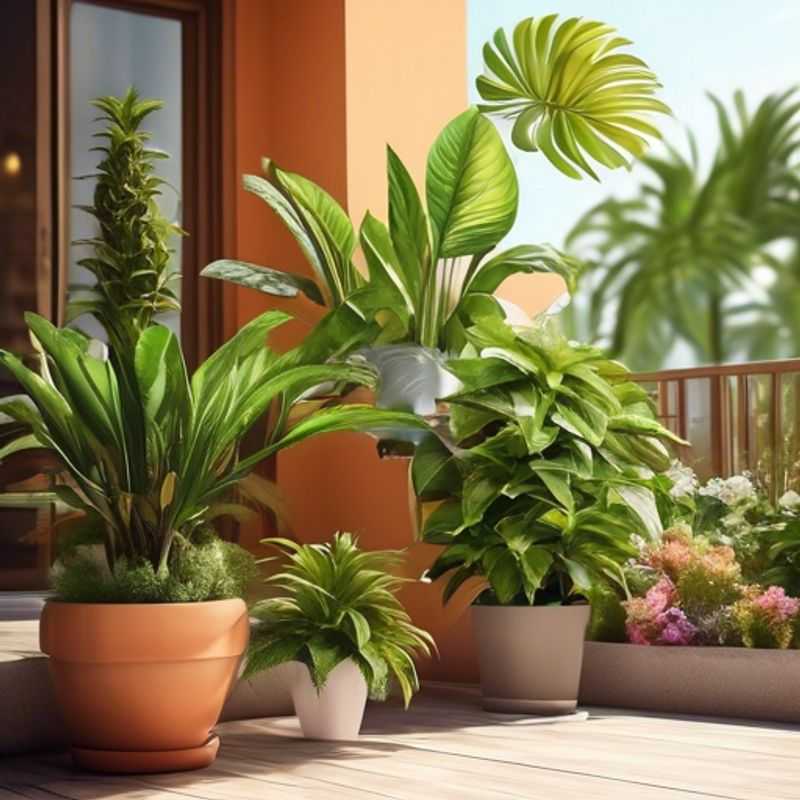
Spotting Healthy Plants: A Guide to Vibrant Foliage and Pest-Free Growth
When selecting plants, prioritize those with vibrant, healthy foliage. Look for signs of good health like lush, green leaves and a robust appearance. Avoid plants with wilting, yellowing, or discolored leaves. These can indicate underlying health issues, potentially linked to pests or diseases.
Always check for signs of pests. Look for insects, webs, or damaged leaves. These can be early indicators of infestation. Examine the underside of leaves as this is where pests often hide. If you spot any infestations, consider repotting the plant and treating it with appropriate pesticides. While there are safe and effective pesticide options, it's essential to research and choose a product suitable for the specific plant type and pest you're dealing with.
A healthy plant is a happy plant, and it's worth investing in a healthy start for your new greenery. Look for reputable nurseries or garden centers that have a good reputation for providing healthy, well-cared-for plants.
Remember, even with the best care, plants can occasionally encounter issues. If you have concerns, consult a local gardening expert or visit a reputable online resource for personalized advice.
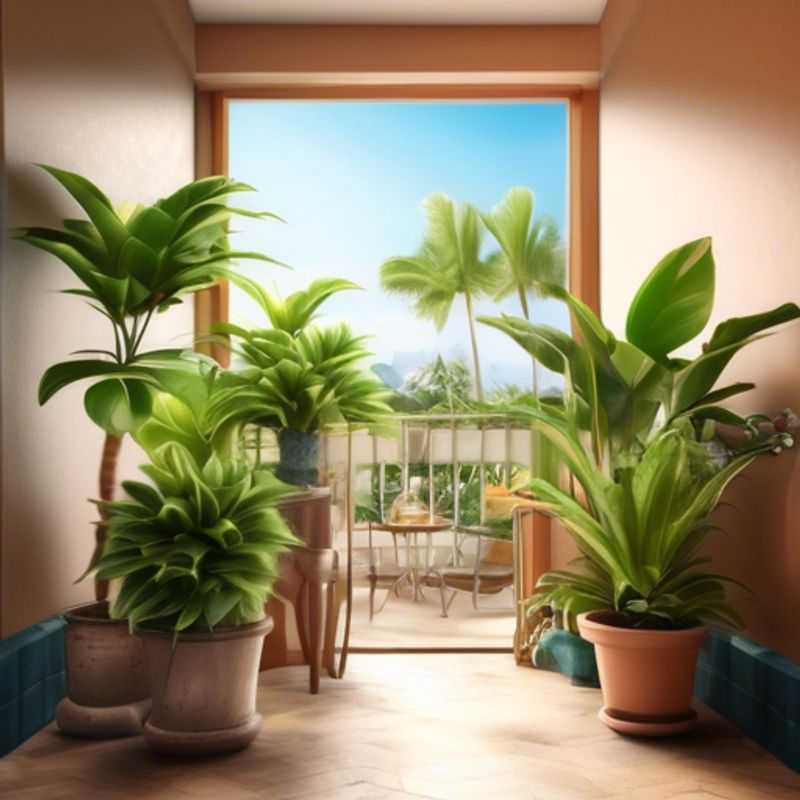
Unlocking Your Plants' Secrets: Understanding Light, Water, and Humidity Needs
Understanding the basic needs of your plants – light, water, and humidity – is crucial to their health and well-being. Each plant species has unique requirements, so it's essential to research the specific needs of your plants.
Light: Most plants need a good amount of sunlight for photosynthesis, the process that allows them to grow. However, some prefer shade. Look for cues like leaf shape and color to determine your plant's light preference. Sun-loving plants often have thick, waxy leaves to protect them from the harsh rays, while shade-tolerant plants may have thinner leaves with a lighter color.
Water: Providing the right amount of water is critical. Overwatering can lead to root rot, while underwatering can cause wilting. To check if your plant needs water, stick your finger into the soil. If it feels dry an inch below the surface, it's time to water. Water thoroughly, allowing excess water to drain out.
Humidity: Humidity refers to the moisture content of the air. Some plants thrive in humid environments, while others prefer dry conditions. If your home is dry, you can increase the humidity around your plants by grouping them together, placing them on pebble trays filled with water, or using a humidifier. Observe your plants; if their leaves are drooping or have brown tips, they may need more humidity.
Remember, understanding the specific needs of your plants is the key to their success. By paying attention to light, water, and humidity, you can provide the optimal growing conditions for your plants and enjoy their beauty for years to come.
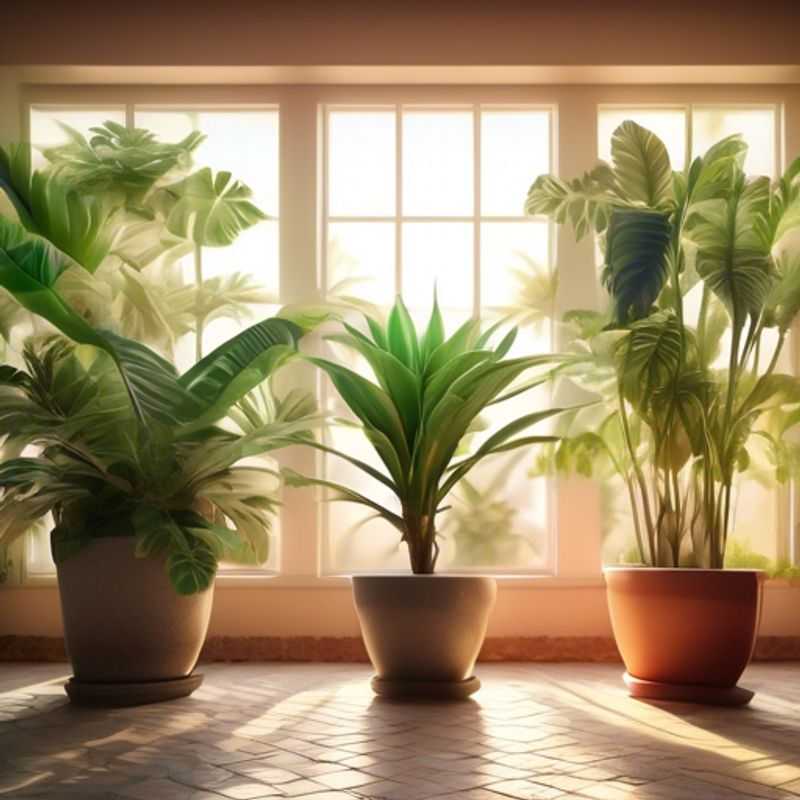
Keep Your Plants Happy: Ensuring Proper Drainage to Prevent Root Rot
Proper drainage is crucial for plant health, especially when it comes to preventing root rot. Root rot occurs when soil remains too wet for extended periods, suffocating roots and making them susceptible to fungal infections. To ensure adequate drainage, choose pots with drainage holes at the bottom. Additionally, use potting mix that's well-draining, incorporating materials like perlite or vermiculite to improve aeration. Always check the soil moisture before watering, allowing the top inch of soil to dry out between waterings. If you're concerned about overwatering, consider using pots with saucers, allowing excess water to drain away from the plant's roots.
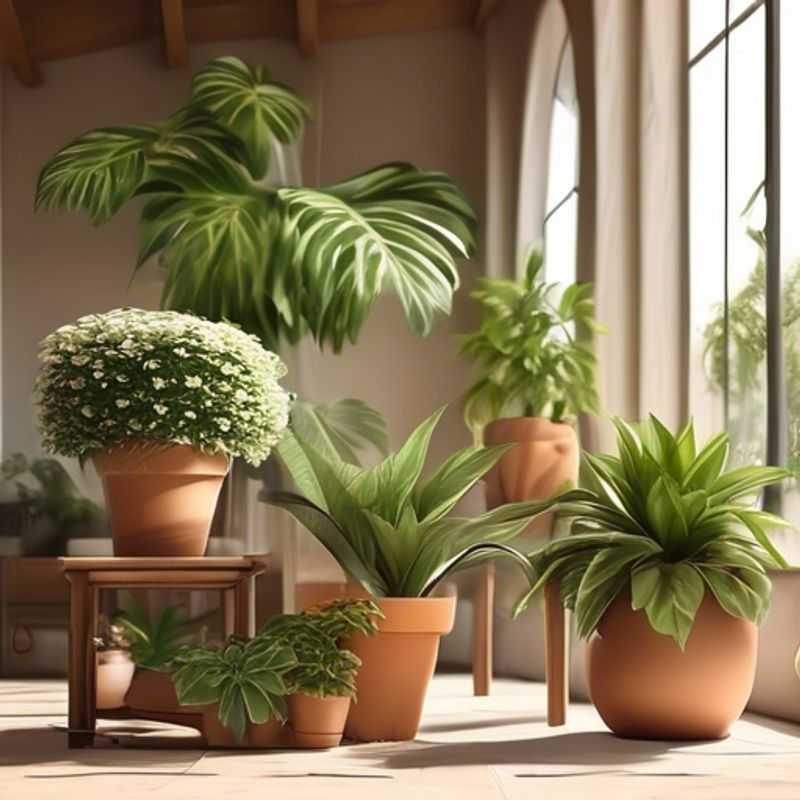
Repotting Your Growing Plant: A Guide to Giving Your Green Friend Space to Thrive
Repotting your plant as it grows is crucial for its health and flourishing. As the plant matures, its root system expands, requiring more space. If left in a cramped pot, the roots will become overcrowded, leading to stunted growth and potentially even death. Repotting your plant every one to two years, or when you notice roots circling the pot, will ensure it has ample space to thrive.
When repotting, choose a pot that is just slightly larger than the current one. A pot that is too big can lead to excessive moisture in the soil, which can harm the roots. Use a well-draining potting mix specifically formulated for your plant type. Ensure there are drainage holes at the base of the pot to prevent waterlogging.
Before repotting, gently loosen the soil around the plant with your fingers to encourage the roots to come loose. Carefully remove the plant from its old pot, being mindful not to damage the roots. Once the plant is out of the pot, inspect the roots and gently remove any that appear damaged or unhealthy.
Place a layer of drainage material, such as pebbles or gravel, at the bottom of the new pot before adding a layer of potting mix. Position the plant in the new pot, ensuring it is at the same depth as it was in its previous pot. Backfill with potting mix, gently firming the soil around the plant’s roots.
Water the plant thoroughly after repotting to help settle the roots in their new environment. Over the next few weeks, monitor the plant closely to ensure it is thriving in its new pot. If needed, adjust your watering schedule based on the plant’s needs.
Repotting your plant is an important step in providing it with optimal growing conditions. By following these simple steps, you can help your plant reach its full potential.
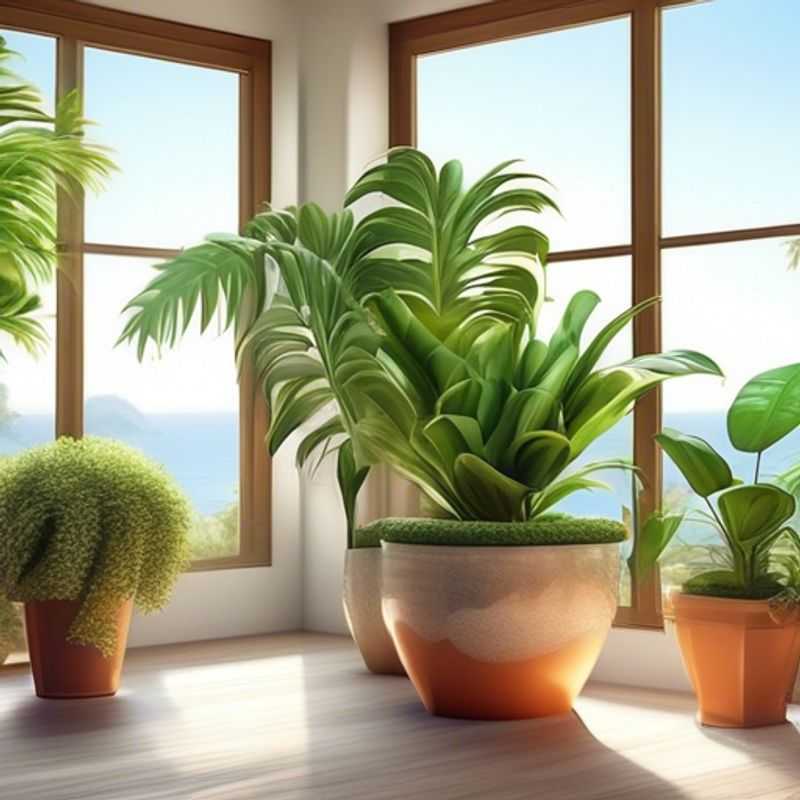
Know Your Enemy: Common Pests and Diseases for Healthy Plants
To maintain healthy plants, it is crucial to recognize and manage common pests and diseases. Some prevalent pests include aphids, spider mites, and whiteflies, which can cause significant damage by sucking plant juices. Regularly inspecting plants for these pests and employing natural predators or insecticidal soaps can help control their populations. Additionally, diseases like powdery mildew and root rot often arise from overwatering and poor air circulation. Implementing proper watering techniques and ensuring adequate spacing between plants can mitigate these issues.
When estimating a plan for pest and disease management, consider the following paid activities: purchasing organic pesticides, investing in beneficial insects, and possibly hiring a professional service for severe infestations. Always remember that prevention is key; maintaining healthy soil and monitoring plant health regularly can significantly reduce the likelihood of pest and disease outbreaks.
